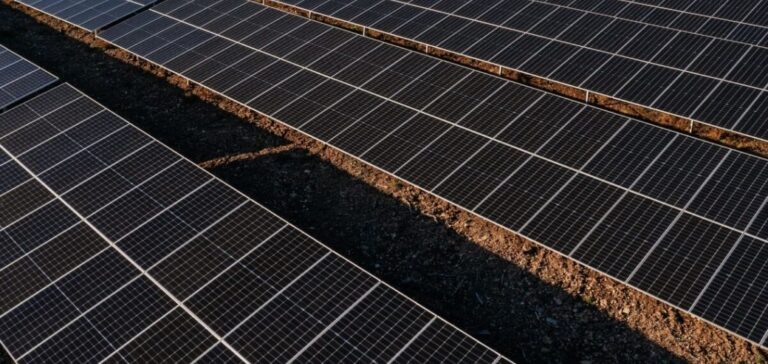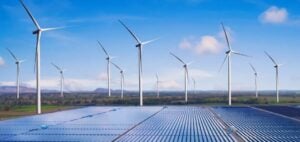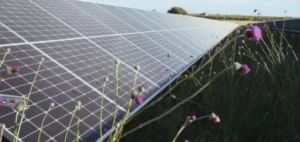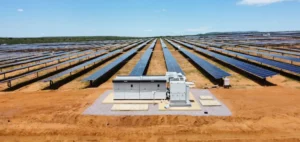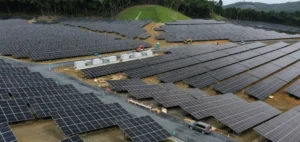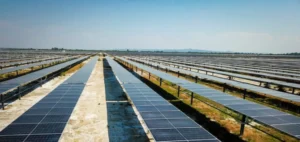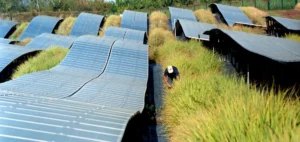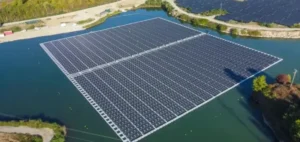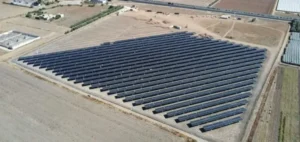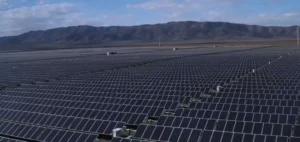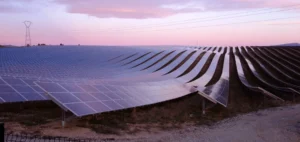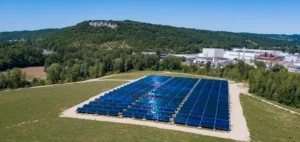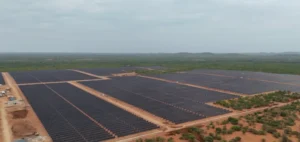Polar Racking, a specialist in solar mounting systems, has announced its goal of reaching an annual production capacity of 10 gigawatts (GW). This initiative marks a new milestone for the company, which currently has a 5 GW capacity across its global portfolio. The expansion aims to meet the growing demand for solar infrastructure and increase the integration of U.S.-manufactured components.
An expansion driven by demand and local industrialization
With installations spanning multiple continents, Polar Racking has strengthened its position by offering solutions tailored to commercial and large-scale solar projects. The company stands out with its ground-mount systems, including single-axis trackers, fixed-tilt structures, solar carports, and solutions adapted to agrivoltaic projects.
The 10 GW target reflects not only the growth of the renewable energy market but also a commitment to accelerating local production. “We are proud to have reached 5 GW of capacity, and we are committed to doubling this capacity to meet the increasing market demand,” said Vishal Lala, Founder and CEO of Polar Racking.
Investment in U.S. manufacturing and logistics
Polar Racking’s expansion includes strengthening U.S. industrial infrastructure, particularly in steel production and advanced manufacturing processes. According to Pals Saddyappan, Vice President of Supply Chain, this investment aims to optimize delivery times and reduce reliance on imports. “By localizing our production, we improve our logistics efficiency and support the U.S. manufacturing industry,” he stated.
This strategic positioning aligns with the evolving North American solar market, which is seeing an increase in projects requiring modular solutions tailored to local requirements.


